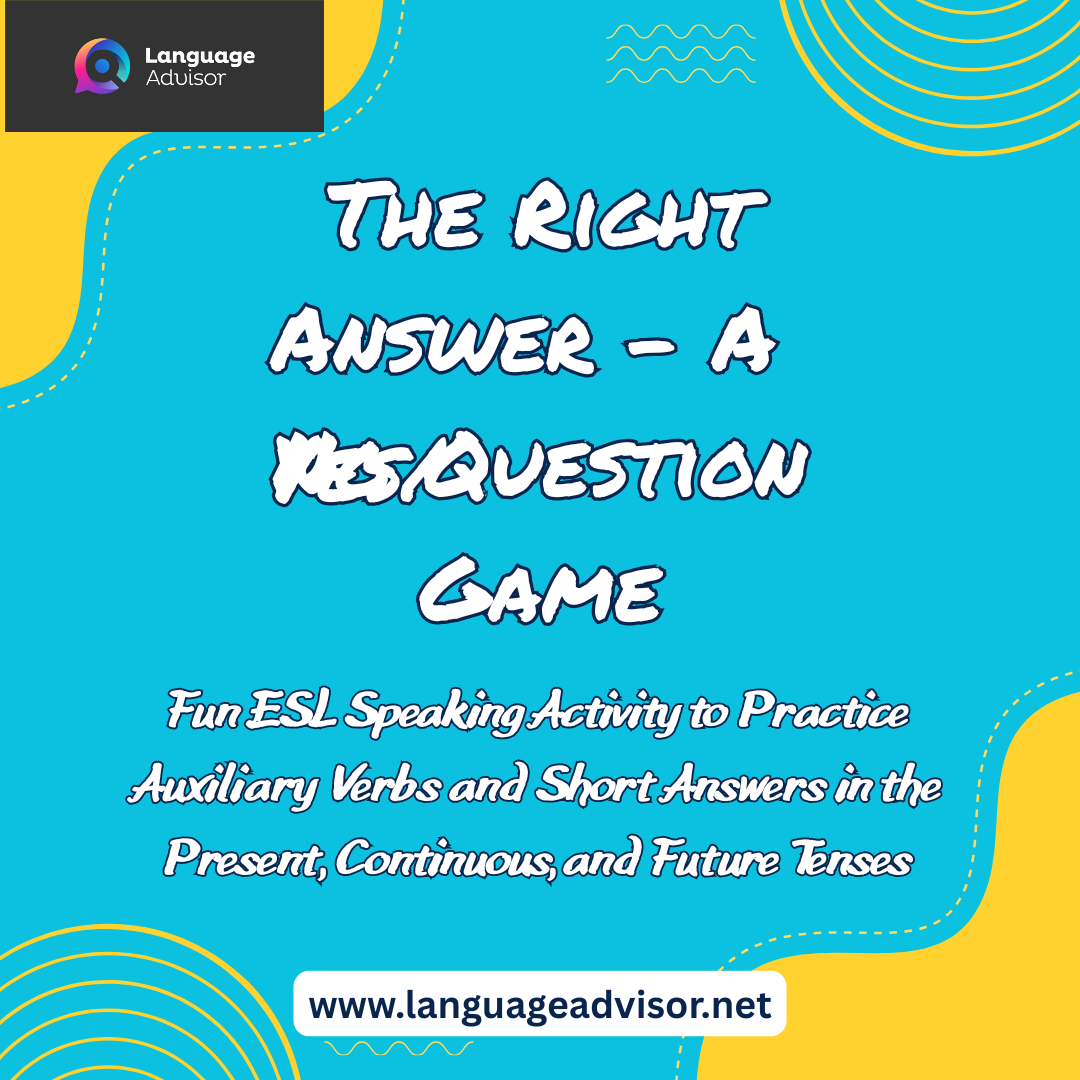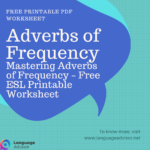Mastering Adverbs: Enhance Your English Grammar and Communication Skills – Free Printable PDFs
Mastering Adverbs
Doxycycline with rifampin tetracycline, doxycycline. You https://escapetactic.com/escaperooms/11-interesting-facts-coal will receive the products in the most convenient way. I started taking the pill and after a short time in i started feeling dizzy and nauseous.
We are not a news organization, generic levitra online usa we try to provide in depth analysis on local and world news, especially in the area of health. Most of the students were sitting in the middle https://papichuloradio.com/2017/07/28/review-american-gods-episode-103 buy provigil online with mastercard of the classroom. Also, some online pharmacies sell these drugs in a bulk-form.

Mastering Adverbs: Learn How Adverbs Enhance Sentences and Modify Verbs, Adjectives, and More
When learning English, it’s essential to understand how words work together in a sentence. Every word has a “part of speech” that determines its role in a sentence. Understanding parts of speech helps us communicate more effectively and enhances our writing and speaking skills. One important part of speech to master is the adverb, which plays a significant role in modifying verbs, adjectives, and even other adverbs. Let’s dive deeper into what adverbs are and how they work.
What Is an Adverb?
An adverb is a word or phrase that modifies or describes a verb, an adjective, or another adverb. By doing so, adverbs provide more detail about how, when, where, or to what extent something is happening. For example:
- Verb modification: “The rabbit jumped quickly.”
Here, “quickly” is an adverb because it modifies the verb “jumped,” telling us how the rabbit jumped. - Adjective modification: “Albert Einstein was a very smart mathematician.”
In this case, “very” is an adverb that modifies the adjective “smart,” giving us more information about how smart Einstein was. - Adverb modification: “She sings extremely beautifully.”
The word “extremely” is an adverb modifying another adverb, “beautifully,” intensifying how beautifully she sings.
Adverbs Ending in “-ly”
Most adverbs are easily identifiable because they end in -ly. For instance, words like “quickly,” “happily,” and “slowly” are all adverbs. However, not all adverbs end in -ly. Words such as “very,” “often,” and “here” are also adverbs but do not follow the -ly pattern.
Examples of Adverbs in Sentences
Let’s take a look at a few more examples of adverbs in action:
- The fire spread rapidly.
“Rapidly” is an adverb modifying the verb “spread,” telling us how the fire spread. - He did rather well on the test.
“Rather” is an adverb modifying the adverb “well,” showing the degree to which he did well. - He told us to talk quietly in the library.
“Quietly” is an adverb modifying the verb “talk,” telling us how to talk. - We swam right before the storm.
“Right” is an adverb modifying “before,” specifying the exact time we swam. - The old man drank the juice slowly.
“Slowly” is an adverb modifying the verb “drank,” giving us more information on how the juice was drunk.
Types of Adverbs
Adverbs can be categorized into different types, such as:
- Adverbs of manner: Tell us how something happens (e.g., “quickly,” “happily”).
- Adverbs of frequency: Tell us how often something happens (e.g., “always,” “never”).
- Adverbs of time: Indicate when something happens (e.g., “now,” “later”).
- Adverbs of place: Indicate where something happens (e.g., “here,” “everywhere”).
- Adverbs of degree: Show the intensity of an action or description (e.g., “very,” “quite”).
Practice Exercise: Identify the Adverbs
Now that we’ve learned about adverbs, let’s practice by identifying them in sentences. Underline the adverbs in the following sentences:
- The fire spread rapidly.
- Astronauts are really cool.
- He did rather well on the test.
- He told us to talk quietly in the library.
- We swam right before the storm.
- The old man drank the juice slowly.
- It is exactly 3:00 in the afternoon.
- The cat quickly pounced on the mouse.
- We walked happily through the forest.
- Jenna is always so late.
- Will you please just leave me alone?
- The race car is extremely fast.
- He seldom did poorly on tests.
- Blue is definitely my favorite color.
- He carried the bowl of soup very carefully.
- It is getting rather late.
- I am never leaving.
- When will we finally be done?
Create Your Own Sentences Using Adverbs
Now, it’s your turn to use adverbs! Try to come up with your own sentences using different types of adverbs.
By mastering adverbs and understanding their function in a sentence, you’ll be able to express yourself more clearly and vividly. Whether you’re writing a story, giving a presentation, or simply having a conversation, adverbs add depth and clarity to your communication.
Conclusion
Adverbs are essential elements of English grammar that help provide more detail and context to sentences. From modifying verbs to adjectives and other adverbs, understanding how adverbs work will enhance your writing and speaking skills. Keep practicing, and soon, using adverbs will become second nature.
Download Your Free Printable PDF Worksheet
Click the link below to download a totally free, printable PDF worksheet with this lesson. Perfect for ESL teachers and students!

📩 Want more free ESL grammar lesson? Share this post with other teachers and let us know how it worked in your classroom!
💬 What other grammar topics would you like? Drop your ideas in the comments!

DOWNLOAD THE PDF FOR FREE

More ESL Classroom Games & Activities
Looking for more fun grammar activities for your English class? Check out these ideas:
✅ ESL Speaking Games to improve fluency
✅ Grammar Board Games for practicing sentence structures
✅ Interactive Writing Activities for ESL learners












